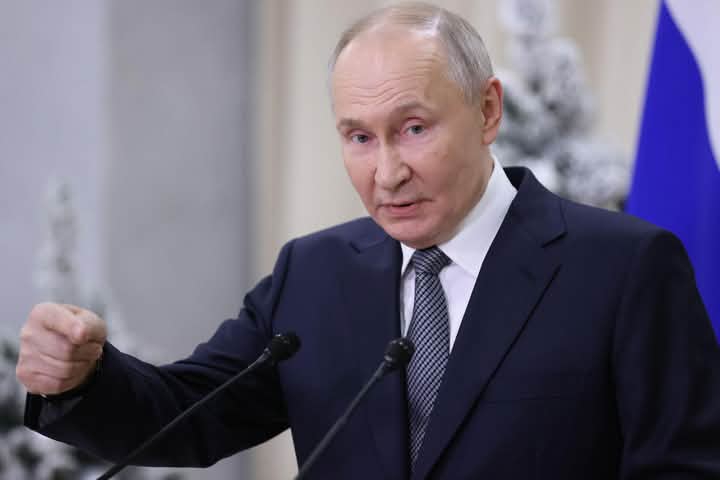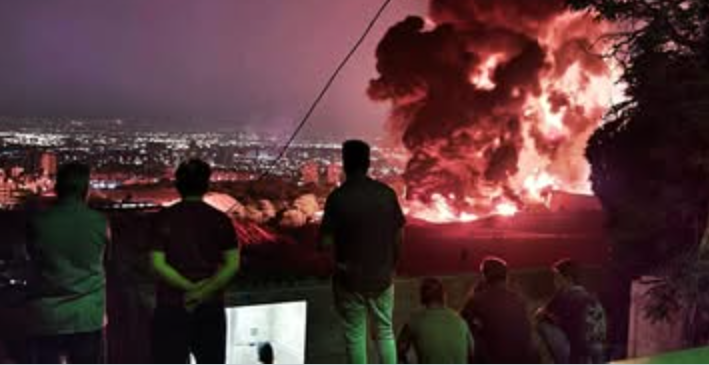Tensions between Israel and Iran have reached a boiling point following a dramatic escalation in military conflict. On June 16, Israeli forces launched a missile strike on Iran’s state television headquarters during a live broadcast, intensifying a wave of violence that had already resulted in heavy casualties. Former U.S. President Donald Trump issued a stark warning on social media, urging all civilians to evacuate Tehran immediately, signaling the potential for broader conflict. Amid this chaos, experts and political leaders alike are asking a pressing question—was Iran truly on the verge of developing a nuclear weapon?
In the days leading up to the strikes, Israel had already launched attacks on several high-value military and infrastructure targets in Iran, including missile bases and nuclear-related sites. Israeli officials contend these operations have significantly delayed Iran’s nuclear ambitions. However, the intensity and precision of the campaign hint at deeper concerns—that Iran was closer than ever to building a functional nuclear bomb. The Israeli government claims these preemptive actions were vital, asserting that without them, Iran might have been capable of producing as many as 15 nuclear bombs in the near future.
International nuclear watchdogs have long warned of Iran’s increasing uranium enrichment. The International Atomic Energy Agency (IAEA) had previously raised alarms about Iran stockpiling enough enriched material to theoretically construct several nuclear weapons. While Iran has consistently denied pursuing nuclear arms, its capabilities have advanced significantly in recent years. Israeli Prime Minister Benjamin Netanyahu stated that the airstrikes have “pushed back” Iran’s program significantly. Yet, nuclear experts, including Farah N. Jan from the University of Pennsylvania, warn that this type of preventive military action—termed a “threshold war”—can trigger more instability, potentially pushing Iran to double down on its nuclear ambitions as a deterrent.
Despite longstanding U.S. intelligence assessments that Iran halted its formal weapons program in 2003, the Islamic Republic has continued enriching uranium under the guise of civilian use. The recent strikes, which began on June 13, targeted not only technical facilities but also key individuals involved in the nuclear program. The head of the IAEA had cautioned that such aggressive actions might drive Iran to abandon the Nuclear Non-Proliferation Treaty (NPT), an international agreement designed to prevent nuclear proliferation. Just days after the strikes, Iran announced it was drafting legislation to withdraw from the NPT—an alarming move that could remove all international oversight from its nuclear activities.
What remains unclear is just how close Iran actually was to achieving nuclear capability before the attacks. With limited access to Iranian sites since early 2023, the IAEA’s ability to assess the true status of Iran’s program has been severely hampered. This lack of transparency has led to growing speculation, but no concrete answers. Former President Trump’s early departure from the G7 summit in Canada, citing “obvious reasons,” further underscores the urgency global leaders now feel. His dramatic call to evacuate Tehran, along with his continued insistence that “Iran must never have a nuclear weapon,” has raised the stakes even higher, leaving little room for diplomatic resolution.
As the violence escalates, the conflict appears to be spiraling beyond its initial focus on nuclear containment. Iran’s foreign ministry stated that retaliatory missile launches would cease only if Israel ended its military campaign. However, the Iranian Revolutionary Guard has promised stronger and more destructive responses moving forward. Experts warn this cycle of escalation may lead to prolonged warfare, with no clear path to de-escalation. Farah Jan compares the situation to North Korea’s nuclear trajectory, cautioning that sanctions and threats often fail to halt determined states. Instead of deterring Iran, Israel’s preventive strike may have pushed the region closer to a new era of nuclear brinkmanship.



